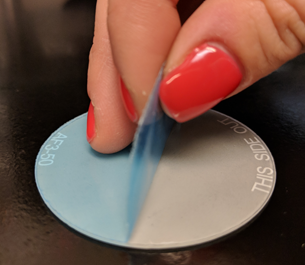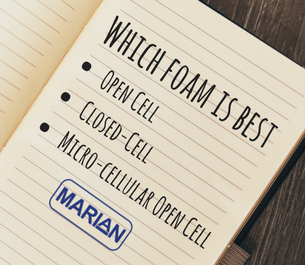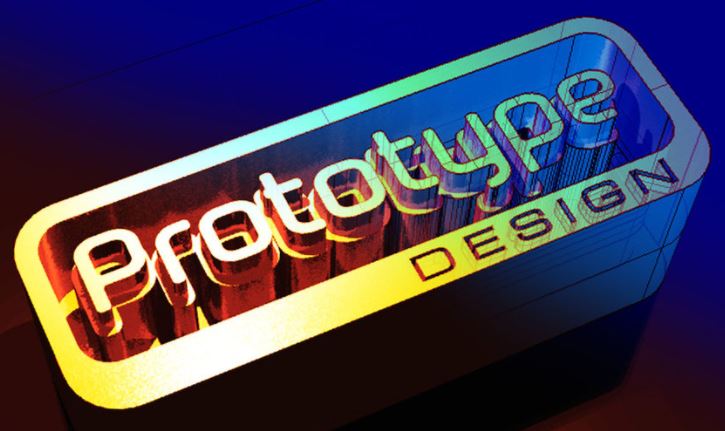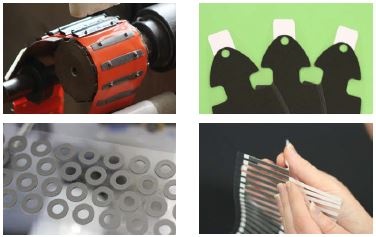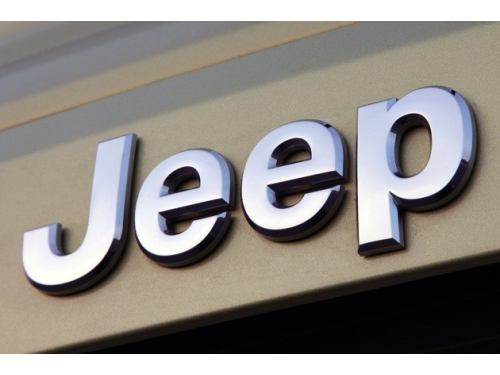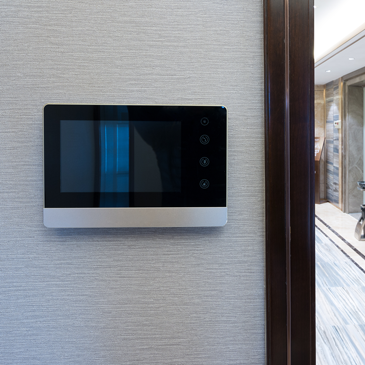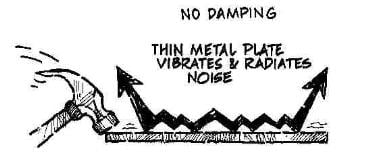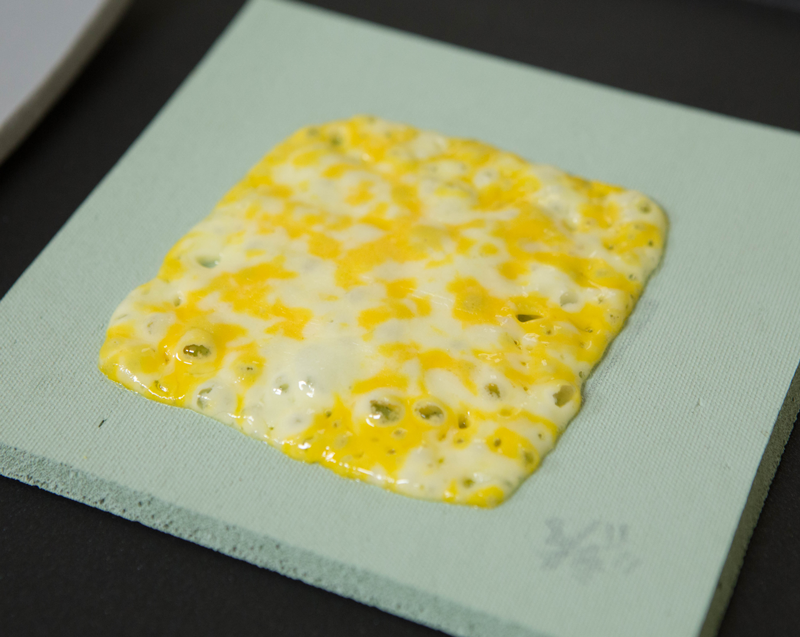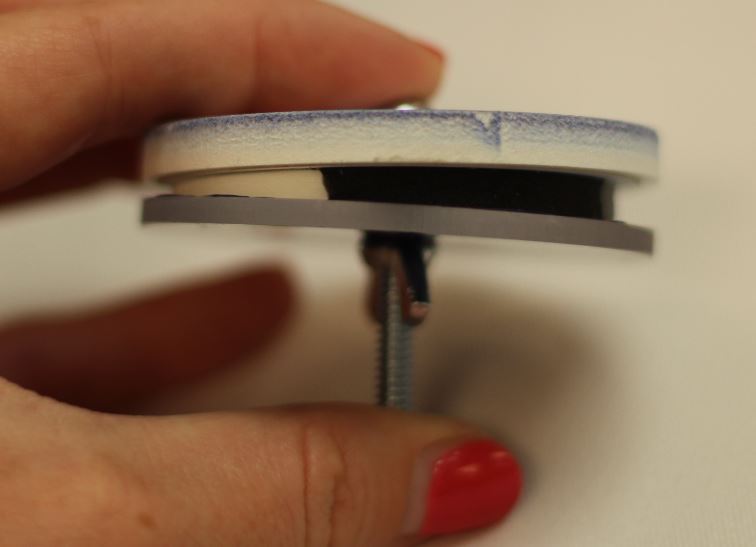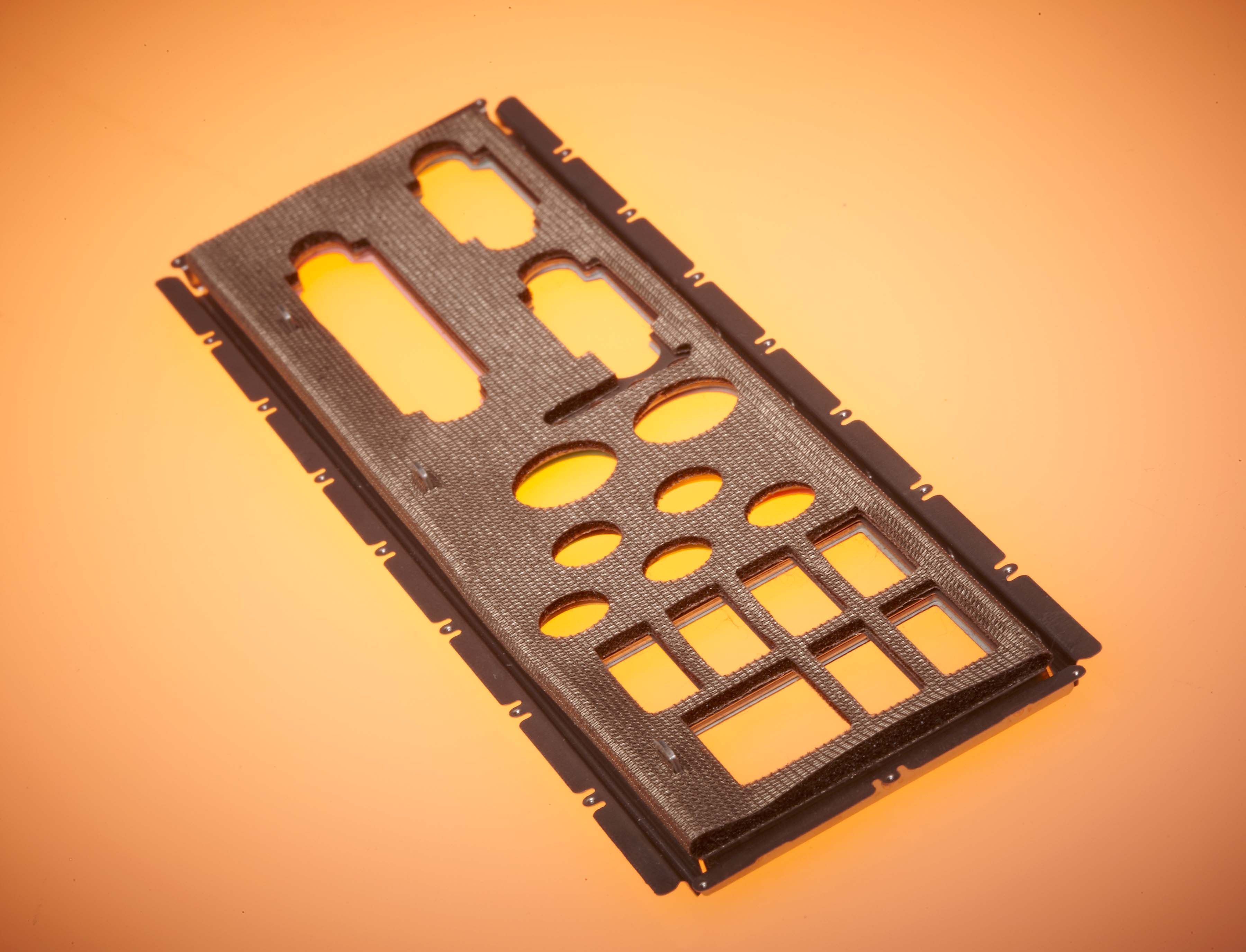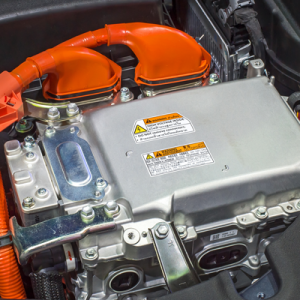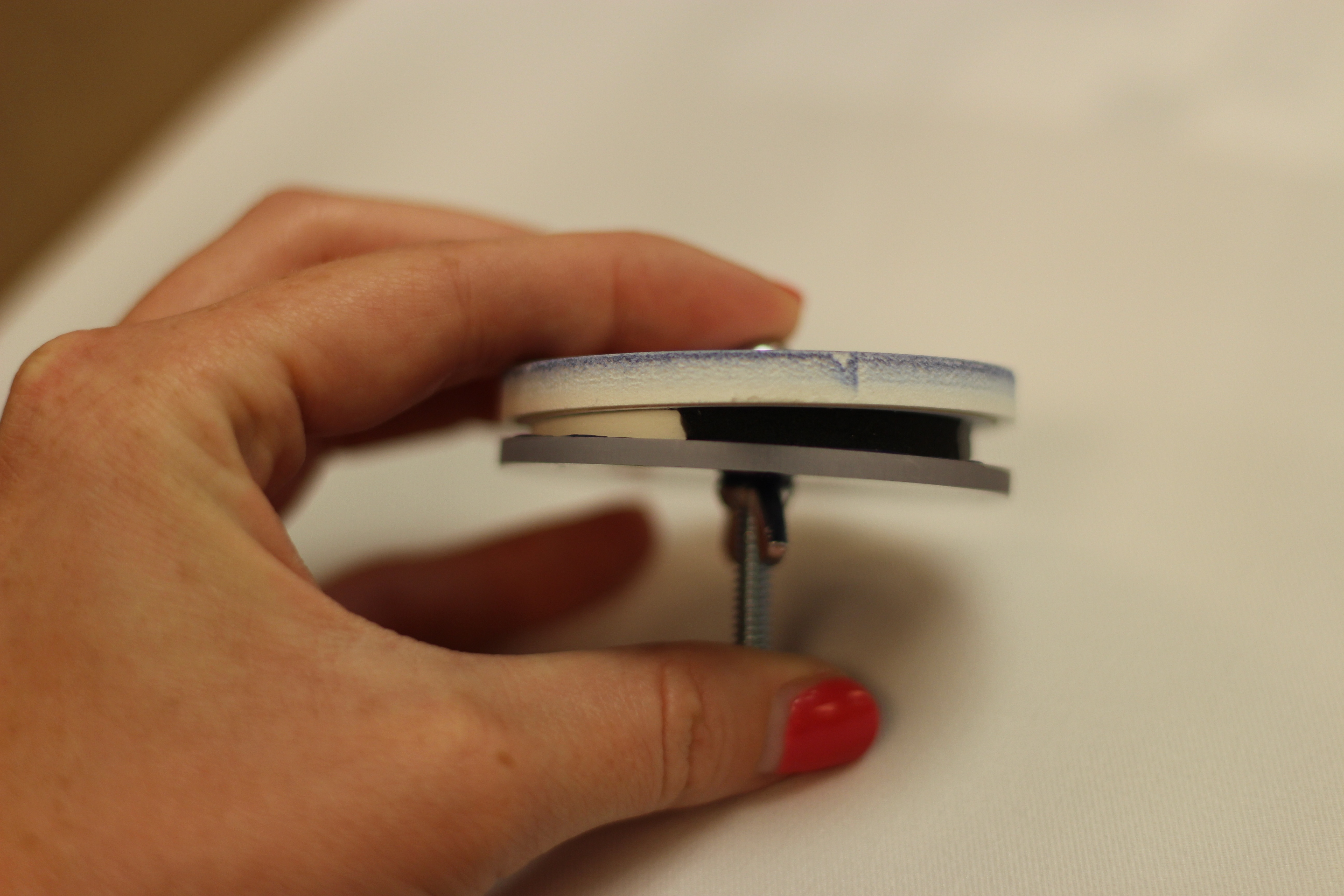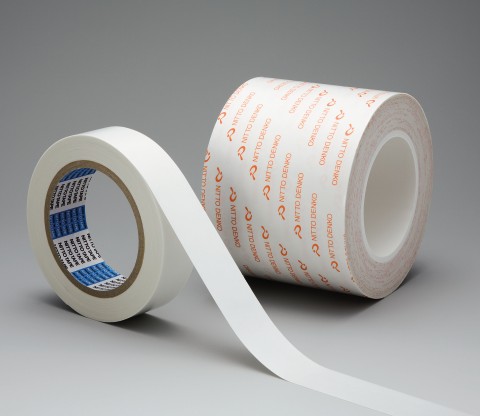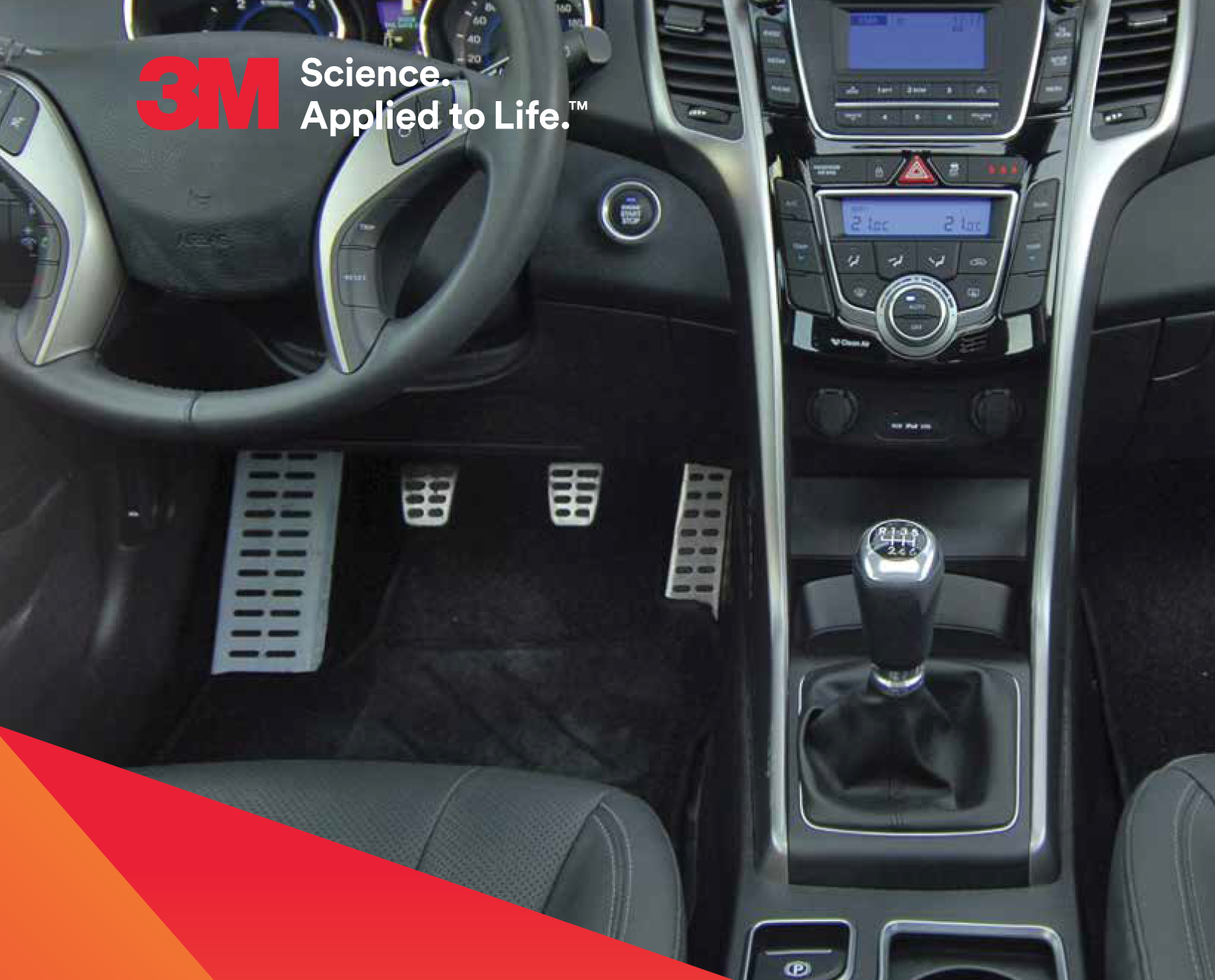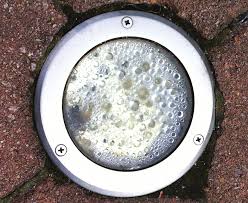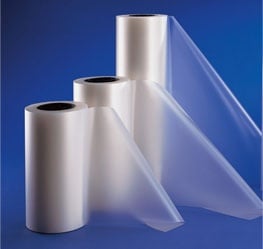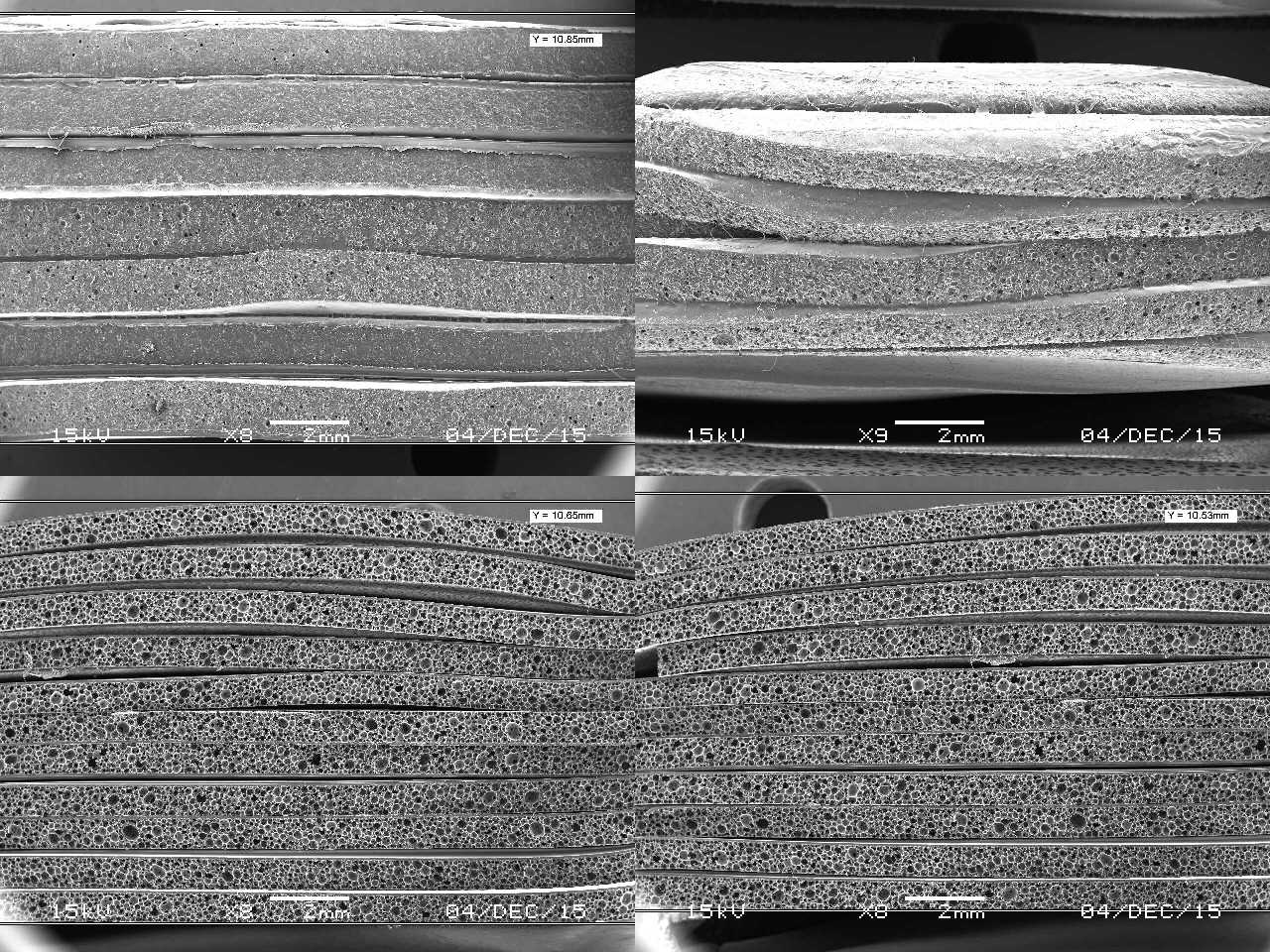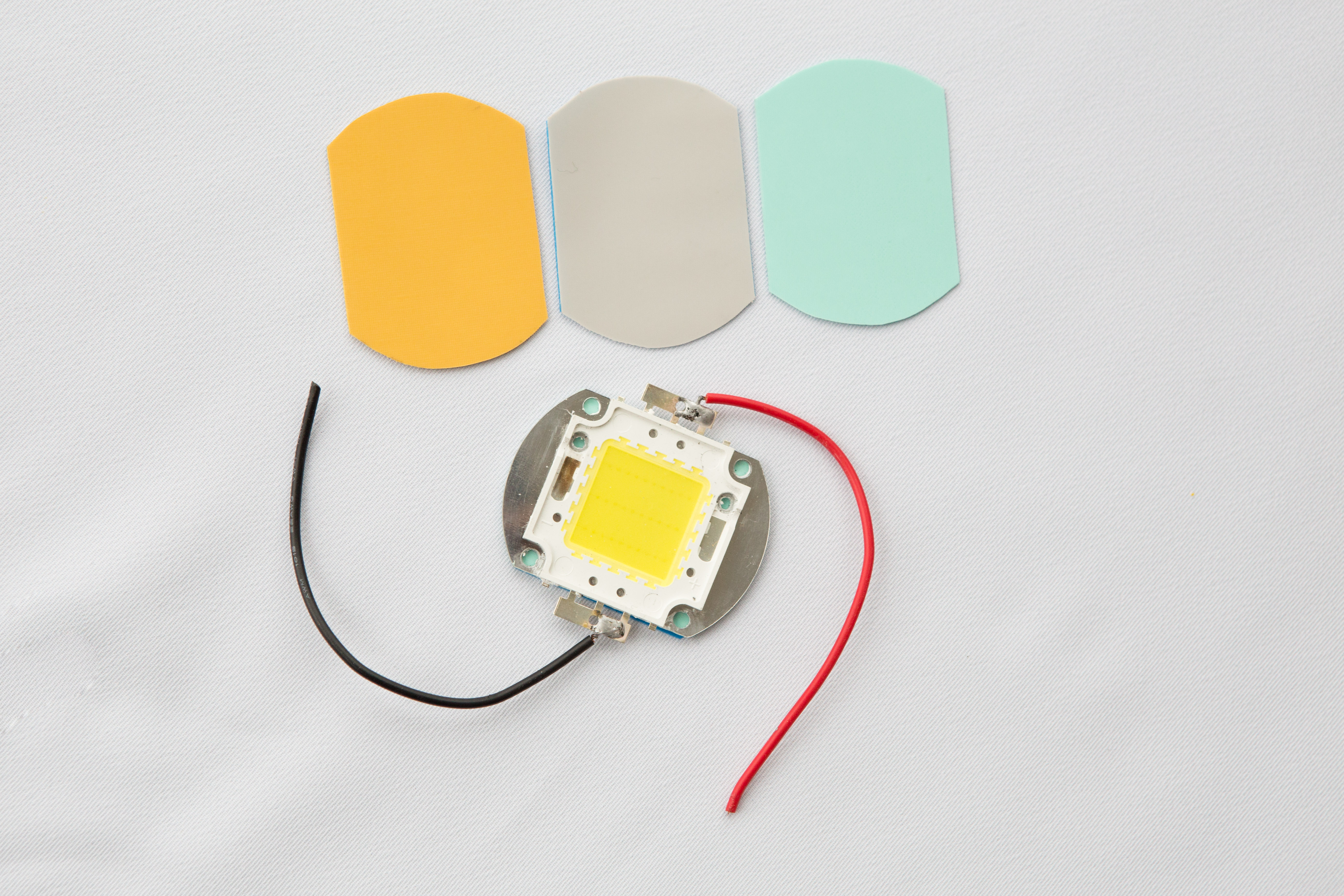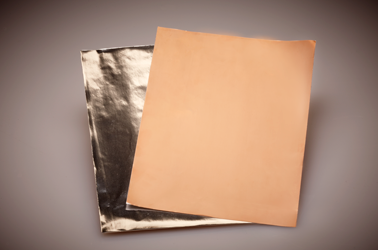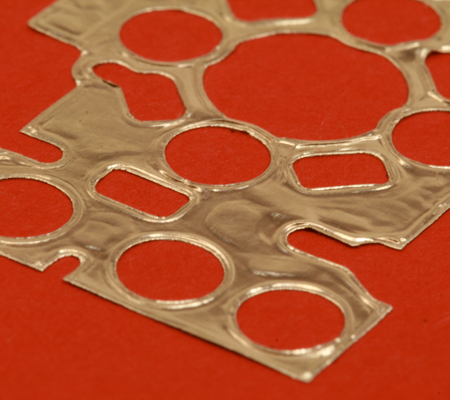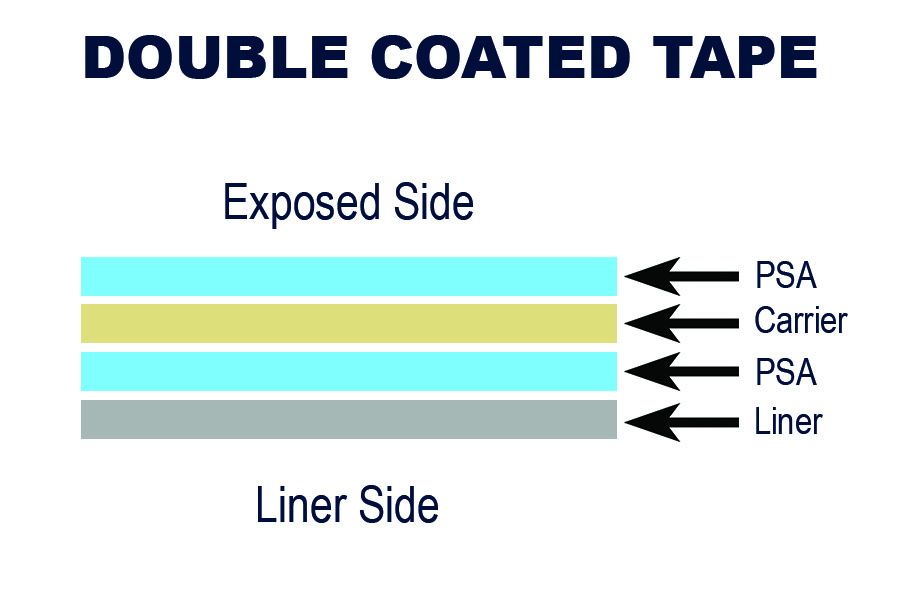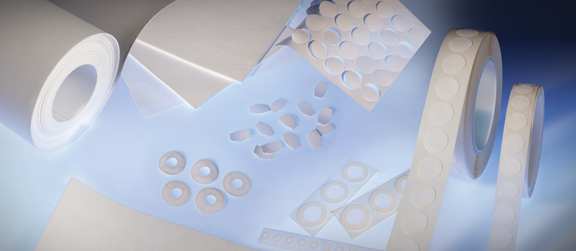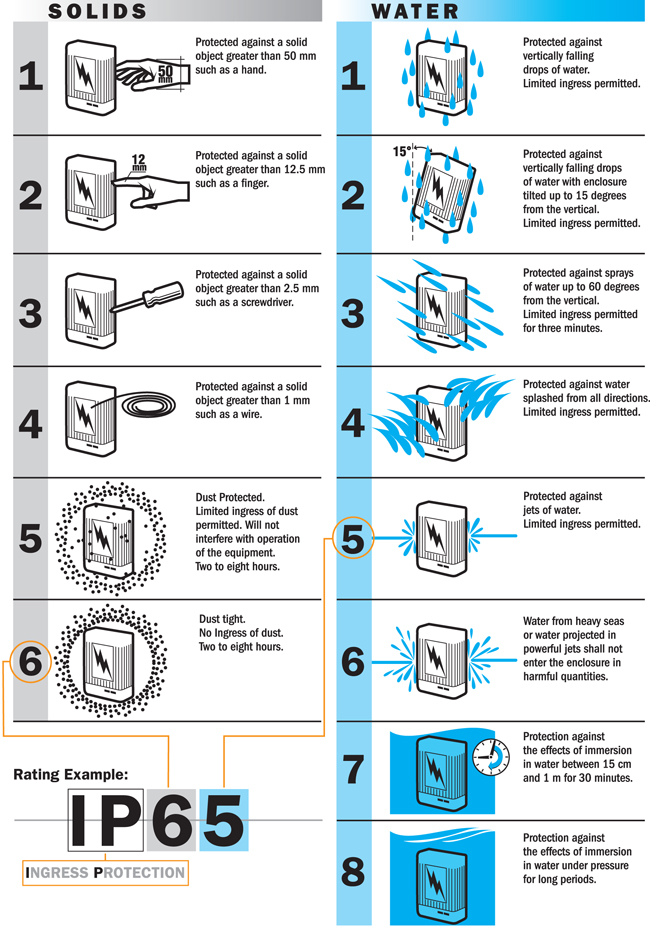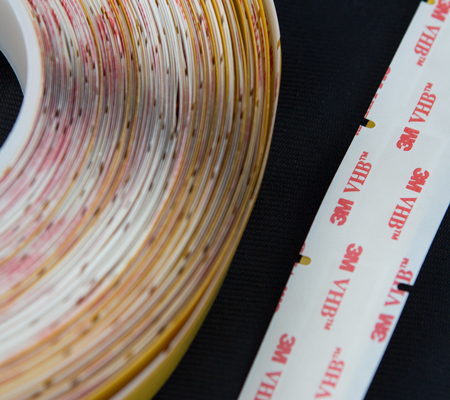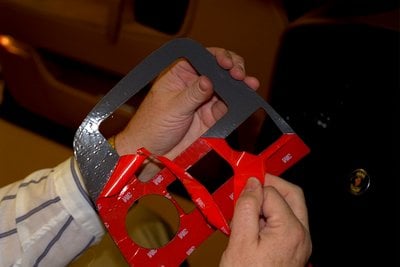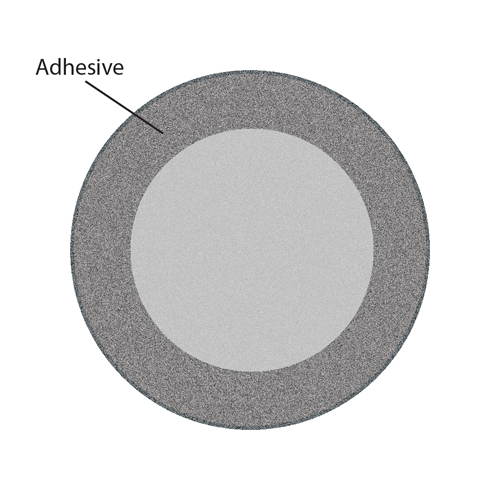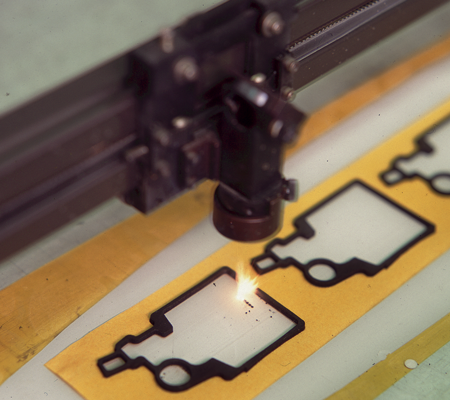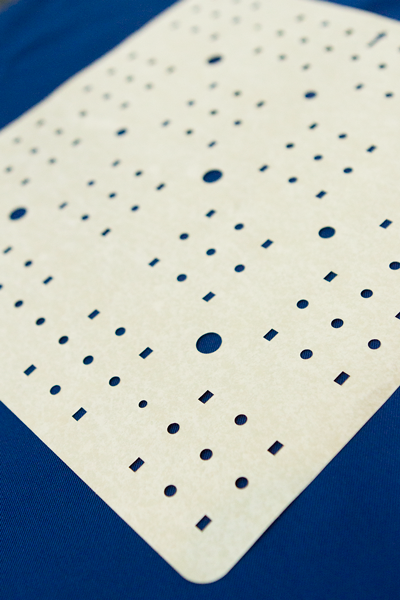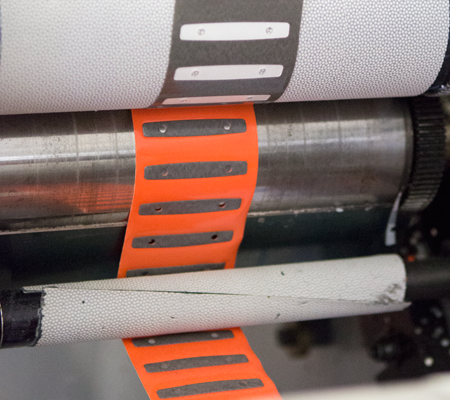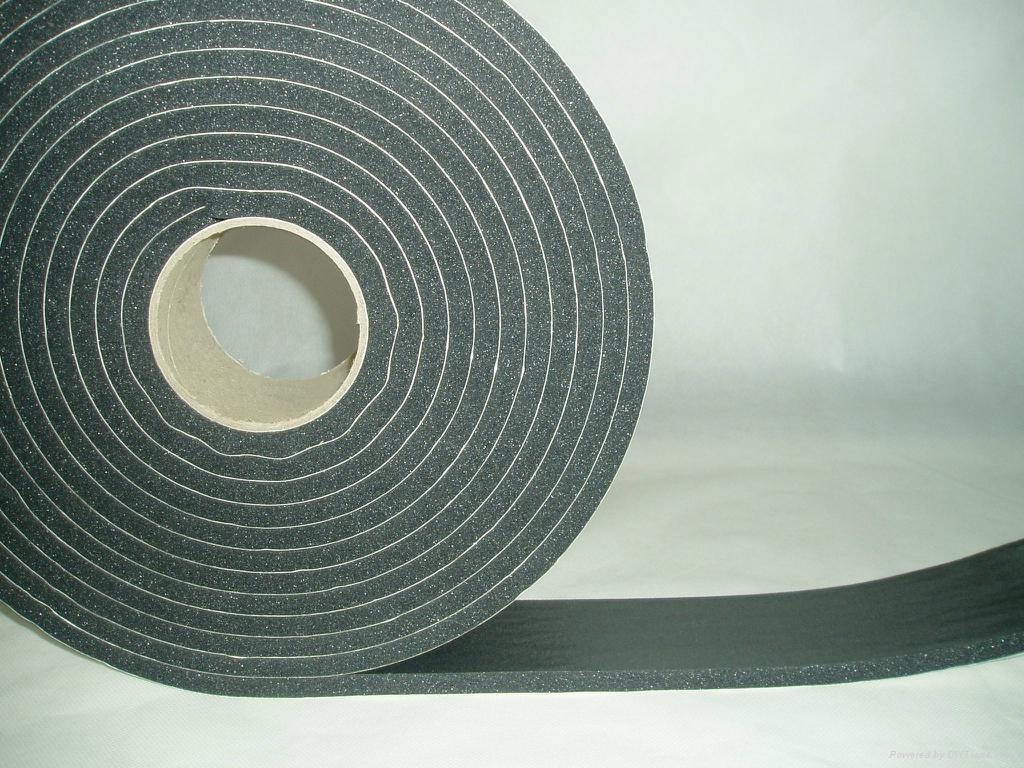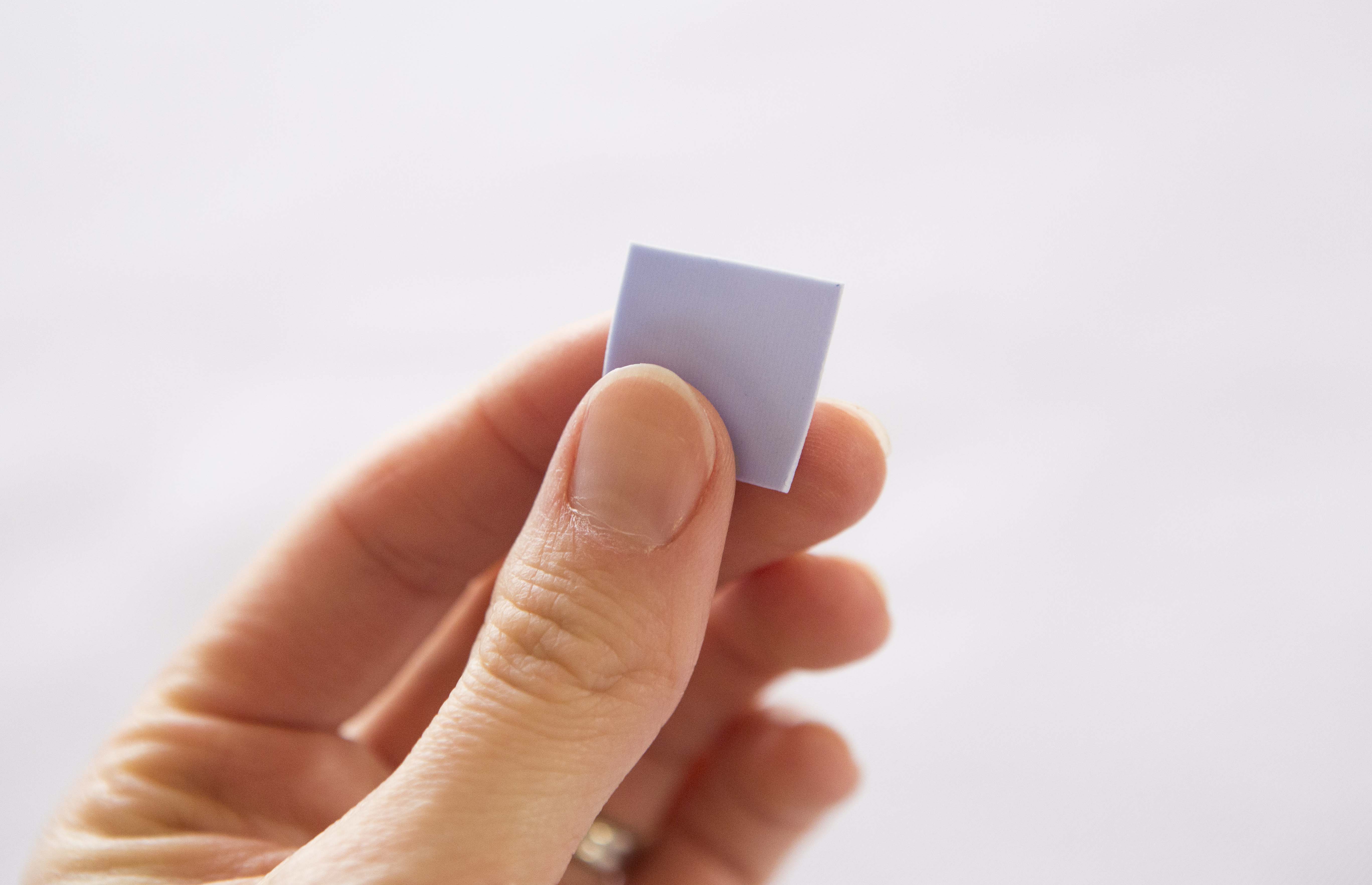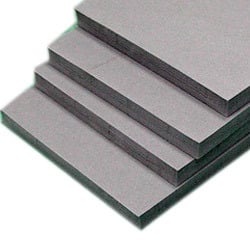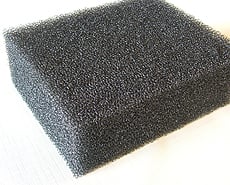Many product manufacturers choose to protect critical product surfaces with custom cut surface protection films and tapes, but why invest in materials that may be disposed of before ever reaching the hands of the final customer? While this is sometimes the case, surface protection materials add more value to your products than you may realize.
Die-Cut Surface Protection Materials: Worth the Investment?
Posted by Lynn Zeheralis
March 5, 2018 8:00 AM
Many product manufacturers choose to protect critical product surfaces with custom cut surface protection films and tapes, but why invest in materials that may be disposed of before ever reaching the hands of the final customer? While this is sometimes the case, surface protection materials add more value to your products than you may realize.
Topics: Surface Protection, Films
Open Cell Foam or Closed Cell Foam: Which is Better?
Posted by Lynn Zeheralis
January 31, 2018 8:46 AM
When selecting a foam for your application, have you ever wondered if open or closed-cell foams are more effective? At Marian, we recommend materials based on a product’s application. This is certainly true when it comes to foam materials for use as gaskets. This means in order to recommend the best material, our first step is to understand the conditions, forces, stress and other requirements the gasket will experience in your application.
Topics: Foams
Success Story: Silicone Gasket for Navigation Module
Posted by Katie Sullivan
November 8, 2017 12:22 PM
We have published a new customer success story! In this story, the customer required a static seal for a navigation module that would be contained and used on the exterior of a recreational vehicle. The exterior navigation/infotainment module would be exposed to outdoor elements including extreme temperature swings, rain, wind, and dust. The gasket was required to reliably perform for the life expectancy of the class A RV. This could be more than 10 years! The customer came to Marian for a solution.
Topics: Foams, BISCO Silicone, Silicone
Let's get straight to the point!
Here are 5 reasons you should be prototyping with Marian:
- Speed-to-prototype and material expertise is part of our culture and business plan. Our experts will start by consulting with you to understand your application and the design of your product. We will then recommend a few materials to test for your application. Provide us with a two-dimensional CAD file of your part, and our teams can quickly get to work on creating your prototype parts.
- We stock hundreds of materials that are readily available for prototyping. Having materials readily available allows us to quickly produce prototype parts. Check out our material data sheets page. We keep stock of most of these materials. Material Data Sheets
Topics: Manufacturing
Ever wonder why hospitals, doctor’s offices, and other healthcare providers don’t just use duct tape for bandages, wound care, and device fixation? Well, there are many reasons, but first, try sticking it to the skin and peeling it off. The main reason is simple: duct tape does not use a medical grade pressure sensitive adhesive.
Medical adhesives must be skin-friendly, non-migratory, and have a variable degree of initial tack and peel adhesion. Ease of removal, breathability, and durability also differentiate medical adhesives from other types of tape.
Topics: Medical Device, Medical PSA, Skin-Contact PSA, Silicone, Medical
The struggle between the world and electromagnetic interference (EMI) is endless. EMI consistently attempts to sabotage our most critical technologies in the aerospace, mass transit, medical, and military industries.
What is Electromagnetic Interference (EMI)?
EMI engages us through maneuvers such as radio transmitters, electric motors, power lines, fluorescent lights and computer circuits. Through these maneuvers, EMI generates electromagnetic disturbances, signals and emissions that cause undesired responses or degradation of performance in electrical and electronic equipment. This occurrence leads to system malfunctions and failures, which can threaten the performance of life support devices, military radio frequencies and aircraft flight controls – to name a few examples. Malfunctioning or failure of these types of systems, triggered by EMI, can be problematic, dangerous and life-threatening.
Topics: Foams, EMI Shielding, PSA
Why is it so important that plastic injection molding companies provide value added services and secondary manufacturing services to their customers after molding their parts?
The answer is easy! Many end-customers of plastic injection molders are looking for vendor consolidation and supply chain simplification. They want to cut out and skip steps in their supply chain, sequentially helping to reduce costs and save time.
Topics: Foams, Manufacturing, Acrylic Foam Tape, PORON, PSA
Emblem Adhesive Tape Solutions
Think about all the things an emblem is exposed to each day during its lifetime. Depending on their use, emblems have to absorb the shock of a car driving over a pothole, the blow of a boat sailing over a wave, the turbulence of a plane flying through a jet stream, and even the vibrations of a running washing machine.
On top of all those external forces, in many situations, weather conditions are also a major factor. It's no easy task for an emblem to hold its bond or evade cracks during hot summers, cold winters, and severe weather storms.
After all an emblem endures, you would expect it to fall off quickly, which it will, unless you use industry leading emblem adhesive tapes to create a strong bond. Using the highest quality attachment materials ensures an emblem will maintain its longevity and hold a strong bond.
Topics: Foams, Manufacturing, Acrylic Foam Tape, PSA
In this newly released application story, a global designer and manufacturer of critical intercommunication devices experienced a gasket failure allowing moisture to leak and compromise the internal components of their console. It's remarkable the amount of damage a single drop of water can do. Moisture often contains impurities and minerals that remain even after the water evaporates. Between the moisture and these remaining elements, the contamination can cause short circuits, corrosion, and mechanical problems. A malfunctioning device leads to recalls, replacements, and eventually a poor reputation. The company in this story did NOT want to deal with any of this.
The intercom console product was intended to be used in medical office settings. Cleanliness and sanitary standards were very important for the high-touch surface of this device. The console was sprayed with liquid cleaners often. The console housing required a reliable sealing gasket to keep moisture out.
Die-Cut Solutions for Vibration Control: Damping vs Isolation
Posted by Katie Sullivan
March 15, 2017 11:37 AM
Just about everything that has been engineered is likely to experience vibration. Unfortunately, it has been proven that vibration can be responsible for causing extreme damage to some applications. The source of vibration can come from impact, internal motors or external sources.
Thermal Resistivity & Thermal Conductivity of Silicone Foam
Posted by Katie Sullivan
January 27, 2017 10:13 AM
Video Demo: Thermal Resistivity and Conductivity of Silicone Foam
Thermal resistivity and thermal conductivity can be two very important physical features of foam materials for certain applications. Most devices containing electronic components must be designed to deal with heat in one way or another. Electronic circuitry operates most reliably at lower temperatures. High operating temperatures decrease the service life of the device or module. It is critical for designs to either conduct or isolate heat away from delicate components to ensure ideal operating temperatures.
Topics: Thermal Management, Foams, BISCO Silicone
When choosing a foam for a product design, one feature that should be considered is the compression set resistance of the foam. C-Set is one of the most important characteristics to consider, and this blog post answers three basic questions to explain why.
Topics: Foams, BISCO Silicone, PORON, Compression Set, Elastomers
Silicone elastomers are used in several diverse applications and industries because of their many unique properties. Silicone materials' attractive features include low compression set at elevated temperatures, flexibility at low temperatures, hydrophobic characteristics, high dielectric strength, low flammability, and can be food grade compliant. It is also lightweight yet high performing which is ideal for extreme environments.
Topics: Elastomers, Silicone
Die-cut Components for Medical Devices
We believe that true stories can tell you more than any marketing materials that we create. That is why we are sharing two new case studies in this blog post. Both case studies explore die-cut solutions that Marian provided to medical device companies. Quality and reliability are critical in this industry. Additionally, assembly efficiency and cost savings are important to the success of the business. In these case studies, you will see that Marian is well equipped and prepared to meet the stringent requirements demanded by the medical device industry. Enjoy!
Topics: Foams, PORON, Medical Device
Electromagnetic Compatibility (EMC) in Medical Device Design
Posted by Katie Sullivan
October 5, 2016 11:24 AM
As medical device designs trend toward including cutting-edge electronics technology and wireless capabilities, Electromagnetic Compatibility (EMC) is a growing factor in device design.
Topics: EMI Shielding
Imagine going 65 mph in your vehicle while on a road trip. The road you are driving on is old, so your vehicle bobs up and down the many dips and divots, your speakers are loud and are causing your rearview mirror to vibrate, making it hard to see, and your moon roof has a roaring noise sneaking through the cracks.
These foul disturbances are examples of NVH, also known as Noise Vibration Harshness.
Topics: Foams, BISCO Silicone, PORON
Marian sales engineers are experts in designing high quality parts for any small, complex applications. Below, you will find links to two of our newest success stories that highlight laminated foam materials in two very different markets (LED lighting and automotive). In both stories, you will find that Marian's team of experts worked closely with customers to design a unique part and provided exceptional material recommendations to create a winning solution. Sales engineers must be strategic in choosing materials to ensure that they meet all requirements of the design.
Compression Force Deflection Demonstration of PORON and BISCO Foams
Posted by Katie Sullivan
July 7, 2016 8:30 AM
Marian has a brand-new demonstration piece to share with the world! Strategically named "Test My Memory," the demo illustrates the impact of compression cycling over time with 4 different foams. Neoprene, Polyethelyne, PORON Urethane, and BISCO Silicone are tested by being compressed for 48 hours.
Foam Material Compression
In the demonstration, you will see that certain foams depreciate as they take on impact over time, whereas other foams resist the compression set by returning to their original thickness. The material characteristic of being able to take a compression set, also called compression force defection, is extremely important in long-term sealing applications. The ability of the material to "push back" to fill in any potential gaps that would allow water or dust to pass through is critical. This makes such materials an excellent option for sealing gaskets. We wrote an entire blog post about compression force deflection, you can read it here: Compression Force Deflection in Foam Gaskets: A Critical Property
Topics: Foams, BISCO Silicone, CFD, PORON
Nitto TR Thermally Conductive Adhesive Tape Series
Nitto’s TR series is a must-have for thermal and electronic applications. The TR series features a selection of double-coated tapes including TR-5912F and TR-5925F. These tapes exhibit powerful adhesion and thermal conductivity which accounts for their strength and reliability. Nitto recommends replacing the use of a screw-in an LED or other thermal applications with these thermally conductive adhesives for the best performance. Using the tape method offers superior thermal conductivity performance, and can extend the life of your LED, compared to using the screw method.
Topics: Thermal Management, PSA
Pressure sensitive adhesives (PSAs) are defined as any transfer, single coated, or double coated bonding tapes that only require pressure in order to completely adhere and bond to a surface. One important component that single coated tapes and double coated tapes share is their requirement to have a tape carrier. Depending on the type of tape you're using, the carrier serves different purposes.
Topics: PSA
5 Things to know about the New Low VOC Attachment Tapes from 3M™
Posted by Katie Sullivan
May 2, 2016 2:53 PM
3M™ has released a series of new attachment tapes for the automotive market with a goal to strengthen their offering in low VOC thin attachment tapes where increasing regulation and OEM/Tier suppliers are driving a larger need. VOC refers to the amount of volatile organic compounds. VOCs are inherently present in newly produced components for auto interiors, which are made of materials like rubber, plastic, foam, and leather. They contain additives that are especially volatile when vehicles are new. Automobile manufacturers have become increasingly focused on the air quality of the interior, making a push toward lower VOC emissions, which makes low VOC tapes appealing.
Here are 5 things you should know about 3M Low VOC Tapes:
Topics: PSA
PTFE Membrane Vents for Protecting LED Lighting Enclosures
Posted by Katie Sullivan
March 16, 2016 10:27 AM
PTFE membrane vents are made of hydrophobic microporous materials. This amazing PTFE material is designed to allow air to pass through while acting as a firm barrier to water and dust.
Outdoor LED Lighting enclosures contain electronics assemblies that must be protected from the elements (rain, dirt, debris). As LED lights operate, they generate heat. As the enclosure heats up and cools down through the cycle of operation, the internal pressure changes. Without the ability to relieve this pressure, the enclosure can sustain damage and condensation can form. Both situations can be detrimental to the successful operation of the LED lighting system.
PTFE membrane vents are a cost-effective way to protect your LED product. They keep dust and liquids out of the enclosure and relieve positive pressure or negative pressure within the enclosure.
Topics: IP Rating, LED Lighting
Bend, Blend, and Reshape Light with Luminit Light Shaping Diffusers
Posted by Katie Sullivan
February 9, 2016 9:30 AM
What is a Light Shaping Diffuser?
Manufactured by Luminit - LSDs are light-diffusing films with patented holographic patterns embedded into optically clear polycarbonate or polyester sheets. These innovative materials homogenize and directionally shape light with high-transmission efficiency. Applications that could benefit from this technology are LED lighting, architectural lighting, recessed downlighting, signs & displays. Light-diffusing films are available with three types of angles: circular, elliptical, and linear.
- Circular spread a light source into a larger circular pattern, and for this reason, they are used widely across many industries.
- Elliptical diffuser angles include 80 x 50, and 60 x 10. Common applications include hallways and specialty lighting that highlights a specific area.
- Linear diffusers, typically 60 x 1 (60 along the width, and 1 along the length) are commonly used in applications where light must be diffused into a line (for example, a bar code scanner).
Topics: Manufacturing, LED Lighting
Compression Force Deflection in Foam Gaskets: A Critical Property
Posted by Katie Sullivan
February 2, 2016 9:56 AM
Compression Force Deflection
Applications that experience periodic compression cycling over time may require a gasket that is capable of compression rebound. In the event that your application uses a material that does not resist compression force, the material may depreciate over time. When your gasket has dwindled or has deteriorated from all of the periodic compression cycling, your gasket will become ineffective and will need to be replaced. In a perfect world, your gasket should rebound to fill any potential gaps. Using a material with great compression resistance will guarantee a long-term sealing performance that will work just as effectively each time you reseal your application.
Topics: Foams, BISCO Silicone, CFD, PORON
What is 3M™ FRB?
It is thin flexible insulation made primarily of inorganic materials that is easily converted. The 3M™ FRB barrier material provides very high flammability and ignitability resistance, excellent arc and track resistance, good dielectric strength, and good thermal performance to safely contain electrical hazards.
Topics: LED Lighting
Outdoor LED lights are subject to a wide range of environmental elements and must be designed to withstand these hazards for the long life of LEDs. There are many components included in an outdoor lighting assembly, and one of the most important elements is a gasket. When choosing a material for an outdoor lighting gasket, it's imperative to understand the mechanics of an outdoor lighting fixture.
Topics: LED Lighting, Silicone, Gasket
Thermally Conductive Materials in LED Assemblies
Although LEDs are considerably more efficient than traditional lighting forms, they do still produce heat. This heat can have an adverse effect on the LED and therefore must be managed to ensure the true benefits of this technology are realized. If excessive junction temperatures are reached, particularly above the maximum operating temperature of the LED (~120-150˚C), a non-recoverable effect could occur, leading to complete failure. Operating temperature is directly related to the lifetime of the LED; the higher the temperature, the shorter the LED life.
Topics: Thermal Management, LED Lighting
Platinum cure silicone materials can be an excellent material choice for your application. You may be familiar with peroxide cure silicones, the conventional method to cure silicone, which contains a catalyst biproduct that has a smell and contains industrial chemicals. The mechanism of a peroxide cure is a free radical cure that results in a number of different by-products. A post-cure is necessary to drive them off. While peroxide cure silicones are great solutions for industrial and environmental applications, health care products often require an ultra-clean material. This is where platinum cure silicone materials come in.
Heat Spreaders
As summer comes to an end, we bring you our final post in our Hot Summer Blog Series exploring Thermal Interface Materials. In this post, we briefly look at heat spreaders.A heat spreader is a heat exchanger that moves heat between a heat source and a secondary heat exchanger whose surface area and geometry are more favorable than the source. Heat spreaders conduct heat in the x,y, and z axes which spreads the heat to a larger surface area for efficient and effective heat dissipation. This heat dissipation keeps devices running at a safe operating temperature.
Topics: Thermal Management, 2015 Summer Blogs
Heat Spreaders: Thermal Interface Materials (Hot Summer Blog Series)
Posted by Katie Sullivan
July 13, 2015 10:37 AM
Topics: Thermal Management, 2015 Summer Blogs
Phase Change Materials: Thermal Interface (Hot Summer Blog Series)
Posted by Katie Sullivan
June 25, 2015 2:07 PM
Phase Change Materials
This is the second post in our Hot Summer Blog Series about Thermal Management Materials. In this post, we will focus on phase change materials.
Topics: Thermal Management, 2015 Summer Blogs
Thermal Gap Pads: Thermal Interface Materials (Hot Summer Blog Series)
Posted by Katie Sullivan
June 3, 2015 2:14 PM
This is the kick-off to our Hot Summer Blog Series all about Thermal Management Materials.
Why focus on Thermal management Materials? Incredible technological advancements have been made over the past 30 years in electronic devices. Just look at the image below.
As devices have become smaller, thinner, and more powerful, the need for the efficient removal of heat has become critical to the reliability and longevity of the device. Heat is a normal by-product of electronics operation. Thermal Management Materials exist to aid in the efficient conduction of heat within these devices to keep them running at a safe operating temperature. There are many different types of Thermal Management Materials offering a range of conductivities, thicknesses, and softness. In this series, we will explore the different types, starting off with Thermal Gap Pads.
Topics: Thermal Management, 2015 Summer Blogs
Pressure Sensitive Adhesive Tape Constructions: Die-Cut Tapes
Posted by Katie Sullivan
May 15, 2015 9:54 AM
The use of pressure sensitive adhesives is growing rapidly in the industrial manufacturing market. The advantages of using adhesive tapes are clear: they are lightweight, clean, and safe. Marian has the converting capabilities to produce die cut tapes, which are cut to specific dimensions. Tapes are often combined with, or laminated to other materials such as foam or film to create a more dynamic die cut part.
Topics: PSA
Vents for IP-rated Enclosures - POREX® PTFE Membrane
Posted by Katie Sullivan
April 16, 2015 10:07 AM
As explained in the previous blog post - IP Ratings Explained - an Ingress Protection (IP) Rating is a common international test method (IEC 60529) to rate enclosure protection from objects and liquids. IP67 refers to the most extreme IP rating certifying that the enclosure will protect against the entry of:
- dust (6)
- the effects of immersion in water to depth between 15cm and 1meter for 30 minutes (7).
In other words, IP67 means that the unit or enclosure can be dropped into a body of water up to a meter deep for half an hour without allowing the ingress of water or dust!
For more information about IP Ratings, and to download an IP Ratings Chart, visit our webpage: IP Rating and NEMA Rating Charts
Topics: IP Rating
Ingress Protection (IP) Rating is a common international test method (IEC 60529) to rate enclosure protection from objects and liquids.
Why is an IP Rating Important?
UL, CSA and CE Mark Standards often require certified products to hold a specific IP rating. Some examples of such products include IT equipment, laboratory equipment, electronic measurement equipment, plus anything claiming to be "dust tight" or "water-resistant", etc.
These terms indicate that a device is able to operate successfully in harsh environments such as potentially wet and dusty conditions. The IP rating scale provides a range of two numbers that indicate the level of protection provided.
The IP Rating looks like this: IPXX
1. The first number indicates protection from solid objects or materials
2. The second number indicates protection from liquids
For example, an enclosure that is rated IP54 is dust-protected. It will allow limited ingress of dust with the operation of the equipment for 2 to 8 hours. The enclosure is also protected against water splashed from all directions; limited water ingress permitted.
Before choosing materials for an IP-rated enclosure, it's important to understand the conditions and forces your application will encounter.
Die-cut foam tape can be an excellent choice for your bonding application. With help from our friends at 3M, here are the top 10 reasons to choose acrylic foam tape versus mechanical fasteners.
Topics: Acrylic Foam Tape, PSA
PORON® AquaPRO™ 37 - SOFT Foam, Water Sealing Solutions
Posted by Katie Sullivan
February 10, 2015 10:30 AM
Sealing out moisture can be one of the most important design features of a product. Water ingress, even just a drop, can cause substantial and irreparable damage to electronics, sensors, and other sensitive components.
This is why we are excited to tell you about a new high-performance foam material from Rogers Corporation. The newest addition to the Rogers line of foam products, the AquaPRO™ family provides enhanced water sealing solutions. Material densities range from "soft" (41) to "very soft" (37). This new Poron formulation is available in a range of thicknesses.
3M Automotive Acrylic Foam Tapes - Primerless Solutions
Posted by Katie Sullivan
February 5, 2015 11:56 AM
What There is to Know About Tape Primers
3M recently launched two high-performance acrylic foam tape lines for the automotive market: EX4500 and PX5000.
3M tape primers are applied to the bonding surface prior to the application of the tape. Primers are often made of chemicals like isopropyl alcohol and promote and increase adhesion.
Topics: PSA
Zoned adhesive lamination describes the process of laminating a selective pattern of PSA (pressure-sensitive adhesive) onto another material to achieve a specific function. Simply said, this process involves manufacturing a multi-layer part in which the layers have different geometries. This occurs through a process of conversion - laminating materials together, precisely die cutting those materials, and pulling away from the unwanted PSA material from the finished part.
Zoned adhesive patterns are often required for filter and venting die-cut components and often include a PSA layer. As you can see in this image, the mesh is cut into a circle while the adhesive is cut into a ring, which allows air and sound to flow through the center of the mesh.
Topics: PSA
Tape for Permanent Mounting AND/OR Temporary Fixation. Is that possible!?
How can an adhesive tape have an extremely high bonding strength while also being easily removable? Seems improbable, right? Let us introduce you to the tesa® Bond & Detach series of stretch release tapes.
Topics: PSA
Marian Europe: 5 Things You Need to Know About Our Facility
Posted by Katie Sullivan
December 4, 2014 9:12 AM
Laser cutting is one of many manufacturing capabilities offered by Marian. Laser cutting is a technology that uses a laser beam to cut or etch the shape of a specific design. Laser cutting utilizes CNC (computer numerical control) and/or laser optics to precisely control the pattern being cut in the material.
Rapid Production
There are no tooling requirements or costs for laser cutting. We can utilize a CAD file (.dxf) to produce parts very quickly. If materials are in stock, we can produce parts within 24 hours. This can be very helpful during the prototype and design phases. We can utilize the laser the create small volumes of parts for testing and evaluation.
Topics: Manufacturing
3M™ FRB contains unique properties and has the ability to enhance your applications.
The 3M™ Flame Barrier FRB Series is thin, flexible insulation made primarily of inorganic materials and is used in thermal management applications. FRB provides very high flammability and ignitability resistance, excellent arc and track resistance, good dielectric strength, and good thermal performance to safely contain electrical hazards. When compared to other material options, FRB saves cost and weight in end-use applications.
This thermal management material is easily converted: slit, die-cut, and/or laminated to fit the requirements of your specific design.
Key Material Characteristics
Topics: Thermal Management
What is Die Cutting?
DIE CUTTING, by simple definition, is the process of using a die to shear webs of low-strength thin materials, such as rubber, foil, cloth, paper, films, pressure-sensitive adhesive tapes, and foam. Commonly produced items include gaskets and labels.
Worldwide, Marian has one of the largest "fleets" of die cutting machines. Our highly trained design, electrical and mechanical engineers manufacture our die-cutting equipment in-house in two well-equipped machine shops. We have been die cutting for over 50 years. We are very proud to be industry experts and offer our "die cutting 101" below.
Particle-Filled Silicones for EMI Shielding and Environmental Sealing
Posted by Katie Sullivan
October 27, 2014 11:00 AM
Particle-filled silicone are elastomeric compounds that combine the advantages of silicone with electrical properties of metals. Conductive silicone materials can include the following filler materials: nickel, graphite, silver, copper, and aluminum.
Particle-filled silicone materials provide shielding against electromagnetic interference (EMI) and radio frequency interference (RFI). Silicone in itself boasts a number of tremendous properties, including high performance at extreme temperatures (-50°C - 350°C), durability and abrasion resistance, chemical stability, and electrical insulation. This combination of features makes particle-filled silicone materials ideal for EMI seals and gaskets in a range of applications and industries, including the demanding applications of the military and aerospace industries.
Some designers have concerns about using particle-filled silicone. Silicone has desirable material properties, but loading a high percentage of particle filler into the rubber in an effort to increase conductivity can result in negative tradeoffs. Typically, industry professionals worry that particle filled electrically conductive silicone will exhibit the following negative material features:
- too hard
- too brittle
- too expensive
- have long lead times
- limited by mold size dimensions
- not thin enough for newer, thinner designs
Topics: EMI Shielding
PVC (Vinyl) Foam is the last foam variety that we will explore in our blog series "Foams for Low Clamping Force Seals". Polyvinyl Chloride (PVC) Foam is a lightweight closed-cell foam material. It is often used for sealing out water, dirt, and air. It resists weathering and is often laminated with adhesive to create a dynamic foam tape.
Topics: Foams
Within electronics assemblies, thermal gap pads and thermal grease are utilized to fill in gaps between a heat-generating component and a heat sink to create a clear pathway for heat to escape, keeping the device running at an optimal temperature. So which thermal interface solution is right for your application? To aid in your decision, we list a few pros and cons to both thermal gap pads vs. thermal grease.
Thermal pads
Thermal pads, also known as thermal gap fillers and thermal gap pads, are a pre-formed rectangle or square of solid material. Thermal gap pads are often made of silicone or acrylic that contains a conductive filler. The advantages of thermal gap pads are that they have excellent dimensional stability, which makes them easily die-cut to achieve a consistent shape with each pad. The electronics manufacturer knows exactly what they are going to put into each assembly. The solid thermal gap pads are easy to handle, mess-free, and simple to install, leaving less room for assembly error.
Want to learn more about thermal gap pads? Check out this blog post: The Best Thermal Gap Pad for your Design
Topics: Thermal Management
XLPE Foam or Cross-linked Polyethylene Foam is the next material we will explore in our blog series, Foams or Low Clamping Force Seals. XLPE Foam is an extremely fine closed-cell material formed of polymers or molecules that are chemically bonded together (cross-linked). The strength of these microcellular molecule bonds is reflected in the strength of the material. XLPE foam can stretch, bear loads, and return to its shape. It works well in insulation, gap filling, and gasket applications that require thicker foam. It can also be used for packaging and medical device packaging. It can be made in a variety of colors, the most common being black, white, and gray.
Topics: Foams
Light Density Polyester or Polyether Urethane Sponge or Foam
Posted by Katie Sullivan
September 26, 2014 9:30 AM
Light density polyester and polyether urethane sponges and foams have an open cell structure. The evenly spaced structure of these materials and a high proportion of open cells make them suitable for an infinite number of applications. The open-cell structure makes it highly flexible and conformable compared to its closed-cell counterpart.
Check out a related blog post: Open-Cell or Closed-Cell Foam, Which is Best?
Topics: Foams

